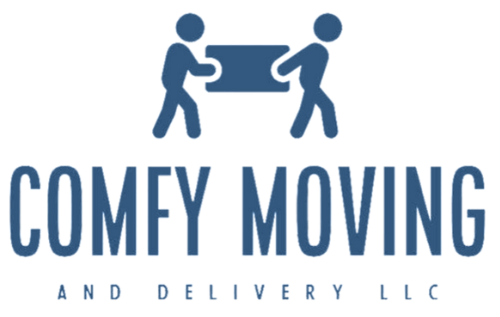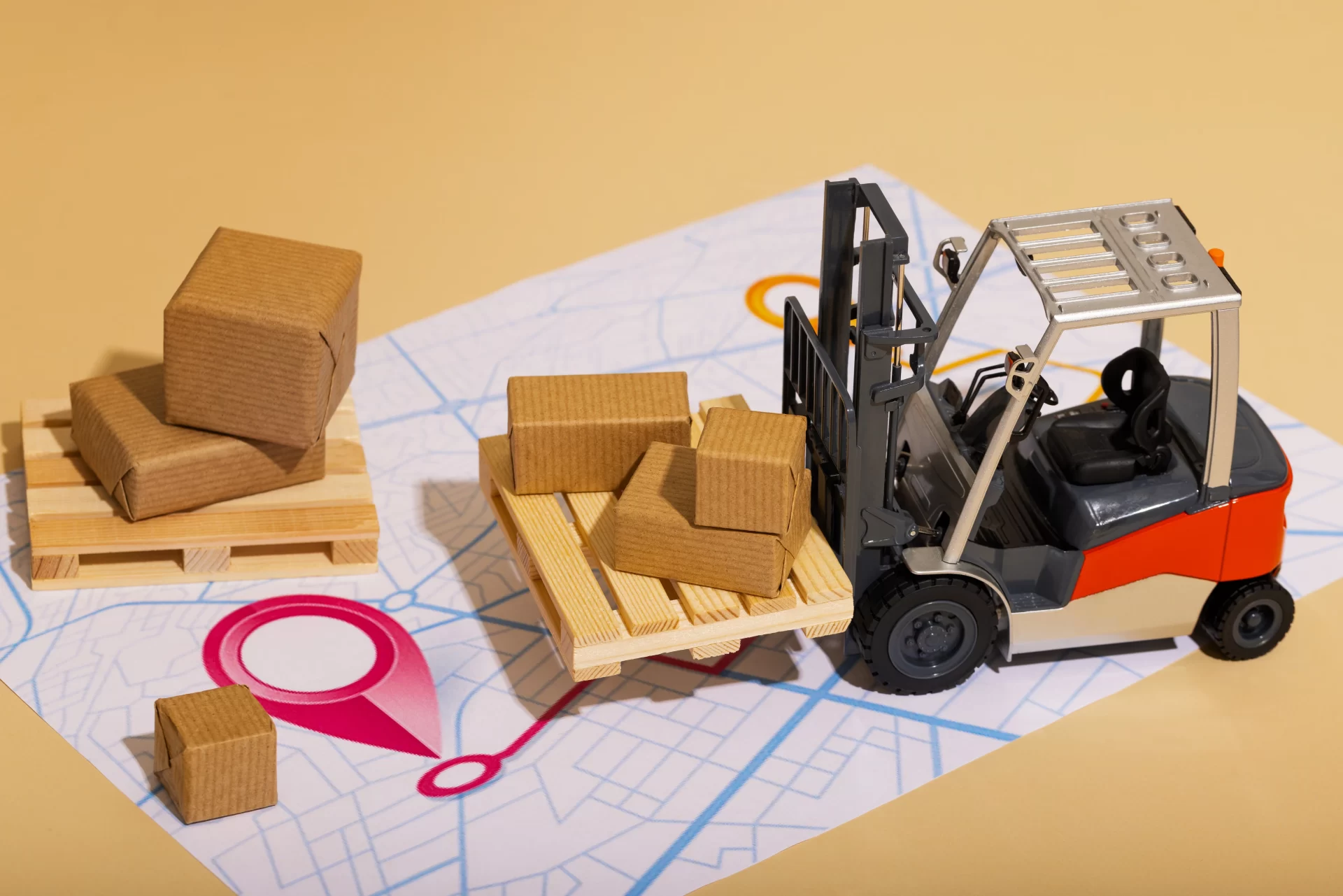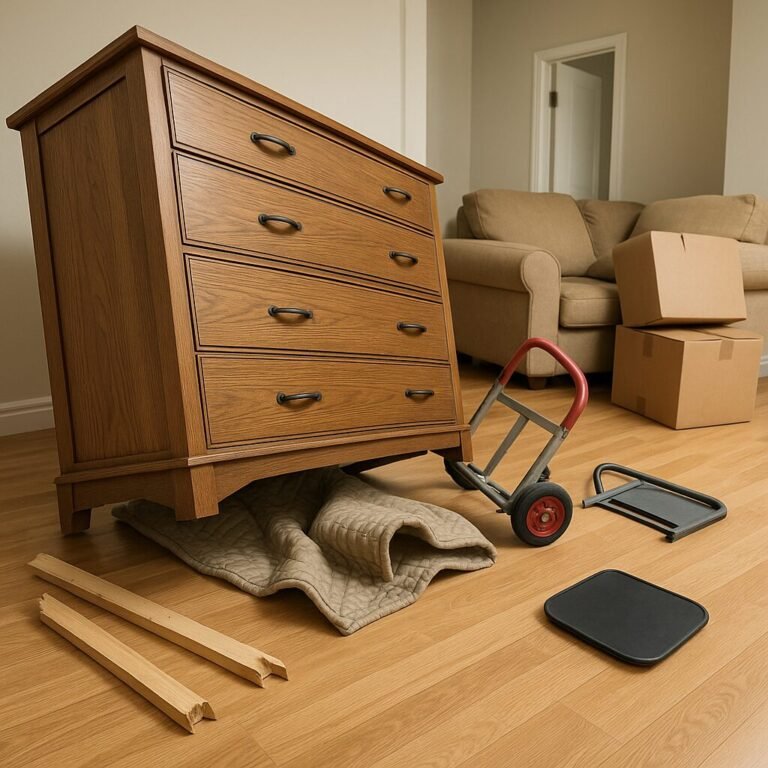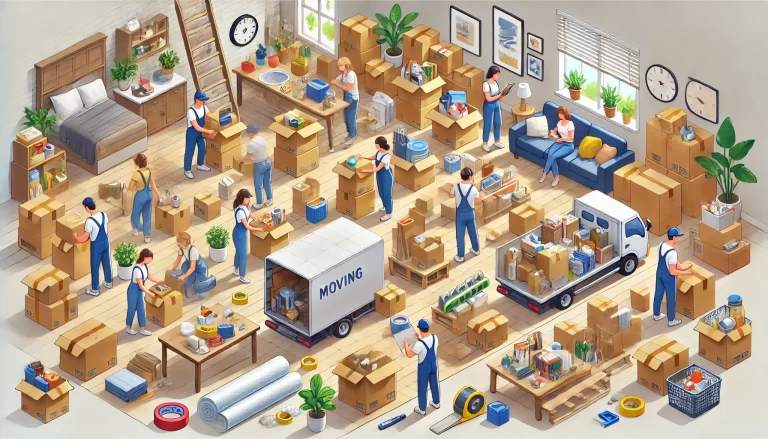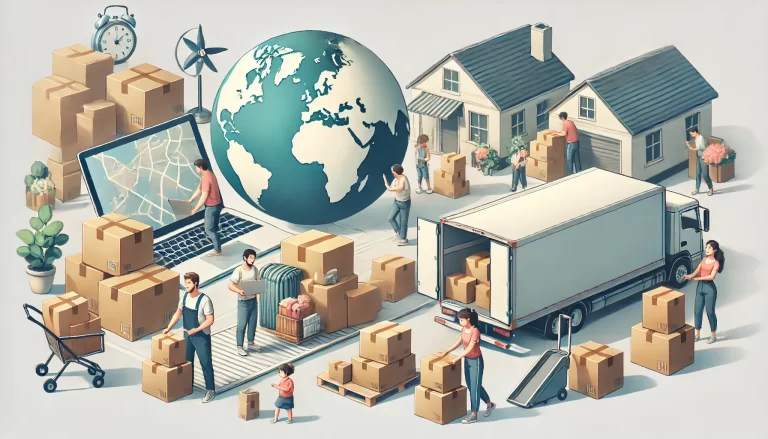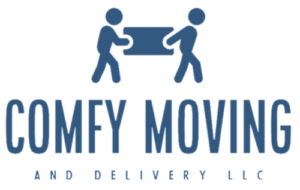Technical Aspects of Moving: Equipment and Tools Overview
Relocating an office or business requires not only logistical planning but also careful consideration of the technical aspects involved. A successful move depends on using the right equipment and tools to ensure the safety of valuable assets, efficiency during the process, and minimizing downtime. This overview covers essential moving equipment and tools that will make your relocation smoother and more organized.
1. Packing Materials
Proper packing materials are critical for protecting office equipment, furniture, and sensitive documents during transit. Here are the key packing materials to consider:
- Cardboard boxes: Sturdy boxes in various sizes are necessary for packing items like computers, office supplies, and documents.
- Bubble wrap and packing paper: To protect fragile items such as electronics and glass, these materials offer cushioning and minimize the risk of damage.
- Packing tape: Strong, durable tape ensures that boxes remain securely sealed during transport.
- Labels and markers: Clear labeling of boxes helps organize the move and makes unpacking easier. Use color-coded labels for different departments or areas.
2. Dollies and Hand Trucks
Dollies and hand trucks are essential for safely moving heavy items like furniture, large boxes, and equipment. The two main types include:
- Standard hand trucks: These are ideal for moving medium-sized items like boxes and small pieces of furniture. They help reduce physical strain and speed up the moving process.
- Furniture dollies: Flat, four-wheeled platforms that can transport larger, heavier items such as desks, filing cabinets, and bulky equipment. They are essential for moving oversized furniture without causing damage to floors.
3. Furniture Moving Straps
Moving heavy office furniture can be challenging and dangerous without the right tools. Furniture moving straps, also known as shoulder dollies, allow workers to safely lift and carry heavy items by redistributing the weight across their shoulders. This reduces the risk of injury and makes it easier to navigate through tight spaces or stairs.
4. Protective Covers and Blankets
During a move, furniture and equipment are prone to scratches, dents, and other damage. Furniture pads and moving blankets are thick, padded covers used to protect office furniture, computers, printers, and other delicate equipment during transport. Wrapping these items in blankets prevents damage when items are stacked or loaded onto the truck.
5. Moving Carts
For transporting large quantities of smaller items, rolling carts are highly effective. These carts can be used to move multiple boxes or office supplies in one trip, reducing the number of trips needed and increasing efficiency. They’re especially useful for moving items over long distances, such as across a large office space or through parking lots.
6. Lifting and Rigging Equipment
If your move involves heavy machinery or oversized office equipment, lifting and rigging equipment may be necessary. These tools include:
- Hoists: Used to lift heavy items vertically.
- Pulleys and rigging gear: Used for relocating especially large or delicate items that need to be handled with care.
- Cranes or forklifts: If you’re moving industrial equipment, these tools can be used to lift and transport heavy objects safely.
7. IT and Electronic Equipment Handling Tools
Office relocations often involve moving sensitive electronic equipment such as computers, servers, and networking devices. Specialized handling tools are crucial for preventing damage to this equipment. These include:
- Anti-static bags: Used to protect computers, hard drives, and other sensitive electronics from static electricity during the move.
- Cable management tools: Keeping cables organized with zip ties or cable organizers prevents tangling and makes reassembly faster and easier.
- Server racks and carts: For businesses with on-site servers, using rolling server racks or specialized carts can prevent damage to delicate server components and reduce downtime.
8. Vehicle Requirements
Choosing the right vehicle for transportation is an essential aspect of the moving process. Depending on the size of your office and the amount of equipment being relocated, you may need one or more of the following:
- Standard moving trucks: Suitable for most office relocations, providing enough space for furniture, boxes, and equipment.
- Specialized trucks with lift gates: These trucks come equipped with hydraulic lifts that make it easier to load and unload heavy items like machinery or large office furniture.
- Climate-controlled vehicles: If you’re transporting sensitive equipment such as servers or medical devices, a climate-controlled vehicle can protect them from extreme temperatures and humidity.
9. Communication Tools
Relocation involves multiple teams working together, and ensuring effective communication is key to a smooth move. Having the right communication tools in place helps to coordinate efforts in real time:
- Two-way radios: For communication between different moving teams across large spaces, such as office buildings.
- Mobile apps and planning software: Digital tools that help manage tasks, assign roles, and track the progress of the move in real time.
10. Safety Equipment
Safety is a top priority during any move. Equip your team with the following safety gear to reduce the risk of injury:
- Gloves: To protect hands from cuts, scrapes, and blisters while handling heavy or sharp objects.
- Steel-toed boots: To safeguard feet from falling objects and protect against injuries while moving heavy furniture or equipment.
- Back braces: For workers handling heavy loads, wearing back braces helps prevent injuries caused by lifting or moving awkward objects.
- Hard hats: For office relocations involving high-risk environments, such as construction zones or industrial settings.
Conclusion
Relocating an office requires careful planning, the right tools, and attention to detail to ensure a smooth transition. By equipping your team with the right packing materials, moving equipment, and safety tools, you can minimize the risk of damage and ensure a safe, efficient move. Whether you’re moving a small office or a large business, using the right equipment is essential for a successful relocation.
